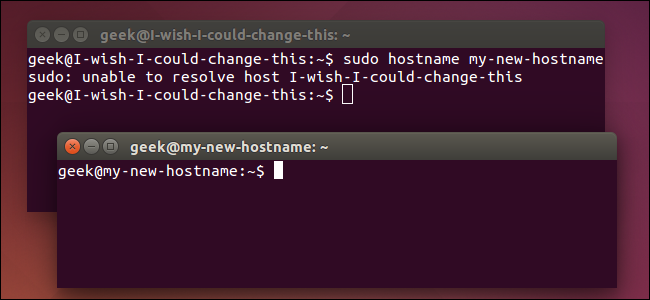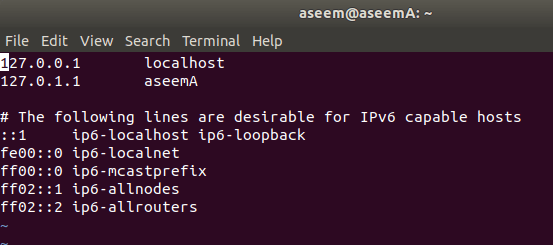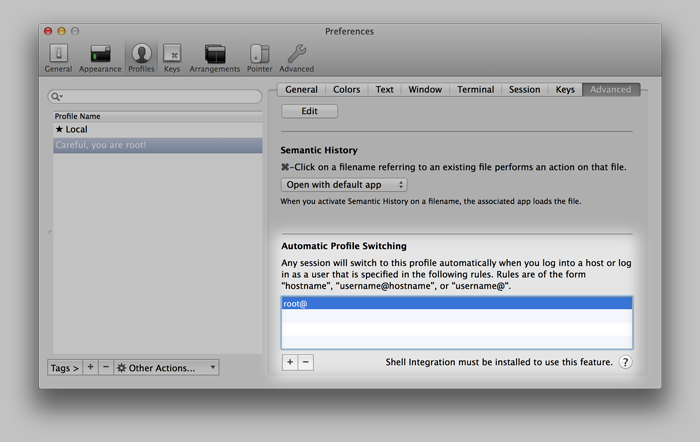
The host name is visible as the output of the hostname command and is typically displayed in the shell command prompt.
CHANGE HOSTNAME MAC TERMAIN FREE
The former is the “Computer Name:” at the top of System Preferences > Sharing, and users can usually feel free to name their computers as they wish unless otherwise directed by a system administrator. One is the “computer name”, typically assigned by the user, and the other is the “host name”, typically assigned to your computer by a server on the local network. Note that on OS X a given computer has at least two different names. No, in general the hostname doesn't directly affect what you write into the command line unless you're writing commands that depend on the current hostname or this unexpected hostname is a symptom of a networking issue and you try entering a command that depends on networking. If network operations are working fine for you, then there probably isn't an issue. Whether this particular host name is correct or incorrect requires more context. By default, your computer asks the current network what name to use for itself.

This is typical if you switch to a different network, unless you have a statically assigned name or IP address.

\V # The release of bash the version and patchlevel (e.g., 2.00.This means your computer's host name has changed. \t # The current time in HH:MM:SS # The current time in 12-hour a.m./p.m. \T # The current time in 12-hour HH:MM:SS format \l # The basename of the shell's terminal device name \j # The number of jobs currently managed by the shell \D # The format is passed to strftime(3) and the result is inserted into the prompt string an empty format results in a locale-specific time representation the braces are required \d # The date in "Weekday Month Day" format \A # The current time in 24-hour HH:MM format If you want to customize beyond what I've shown here, feel free to test with a list of other commands I've compiled: \a # The ASCII bell character (007) After closing we can double click on Terminal.app and a modified name should appear. Once you have left nano type the keyboard command cmd+ q to exit out of the current terminal session. When the file is modified you can leave the bash file with the command control+ X. In this new window we copy and paste the line: export PS1="whatever \w "Īfter adding the line we need to WriteOut and that is done with the keyboard command control+ O. bash_profileĪ window should appear within the Terminal and in the head it should read File. bashrc but when I attempted that suggestion in Mac's Yosemite operating system it did not work. I am familiar with several articles that mention modifying. bash_profile to tell it what we want our hostname to be and render.

Making sure the path is at root with cd it is time to modify the. If you would like to know more about cd or any other command for the Terminal execute man cd or you can visit Linux's man page on cd. With the Terminal open we can make sure we are at root by typing the command cd for Change Directory. If you do not know where the Terminal.app is, it's located in Applications > Utilities. If you plan to use or learn the Terminal I would go ahead and dock the application by dragging the application from Utilities onto your doc.

It is fun using the Terminal on a Mac but I do not think there is a reason for the Terminal to tell me my username so n this post I let's have some fun changing the hostname.


 0 kommentar(er)
0 kommentar(er)
